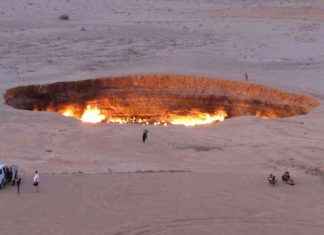After a catastrophic accident, where there is significant loss of life and large monetary damages to those involved, there is an investigation to assess what the causes of the disaster were and determine what course should be followed.
Common Catastrophic Events
The most common catastrophic events involve explosions, fires, occupational fatalities, pipeline failures, structural collapses, toxic chemical releases and major injuries. These events have a chain reaction of consequences, including media and regulatory scrutiny, notifications to insurers, and the intervention of affected stakeholders. This means that a catastrophic event goes beyond the event itself, encompassing much broader forces.
Advice to Catastrophic Events “First Responders”
Benjamin Franklin is said to have mused that “If you fail to plan, you are planning to fail”. Planning is everything. If you do not have extensive plans for these kinds of investigations, then when they happen, you will fail. Good plans rely on your ability to forecast likely scenarios, which will call upon your ability to think probabilistically about various scenarios. You will have to develop an explicit decision making framework based on decision trees that will incorporate these probabilities and help you select the most satisfactory decision.
Once you have identified probable scenarios, you can plan your response and identify the key people, organisations and protocols that will be needed. You will likely need to hire third party counsel to help you in your investigations. When you have identified the people and organisations you will need, you will have to have protocols that work, to ensure that you know who to contact, where, on what platform, and what their estimated response time will be. You want to know the unknowable so that you can navigate the unknown with more confidence. Too often, businesses neglect mastering the knowable, compounding their difficulties in managing an investigation. You will need to establish the following:
- If the investigation will be managed as a privileged work product.
- If the third party consultants the firm intends on using have potential conflicts of interest.
- What the scope of the investigation will be.
- What resources, internal and external, will be needed.
- How evidence will be collected, managed and retained.
- How relations with regulators will be managed.
Another piece of advice? Buy good shoes. Good footwear at short notice is always difficult, but getting other personal protective gear is relatively easy. You need to plan ahead and buy the right shoes for the investigations.
The Impact of Technology on Investigations
We are living in an age of incredible technological advances. You have to be adaptable and understand new technological solutions as they emerge. The speed of change often makes this difficult. For instance, five years ago, you would have to hire a helicopter at over $5,000 per hour to take photos of an incident scene, and because of that great cost, investigators would only use the helicopter once or twice. Today, those photos can be taken with drones, which can make multiple flights over incident scenes, document changes as and when they occur, and fly night or day. Drones allow investigators to make more precise aerial maps and thermography at dramatically lower costs than existed five years ago.
Another example is that when a structure collapses, or when a piece of equipment is at fault for a fire, it can be hard to parse where mechanical failure ends and human error begins, especially as the scene quickly vanishes. Thanks to technology, we can capture forensic details of the scene with laser scanners, allowing us to keep the details of a scene long after it has vanished.
Planning ensures that when incidents are reported, your organisation knows exactly what to do to ensure a proper investigation is done.








